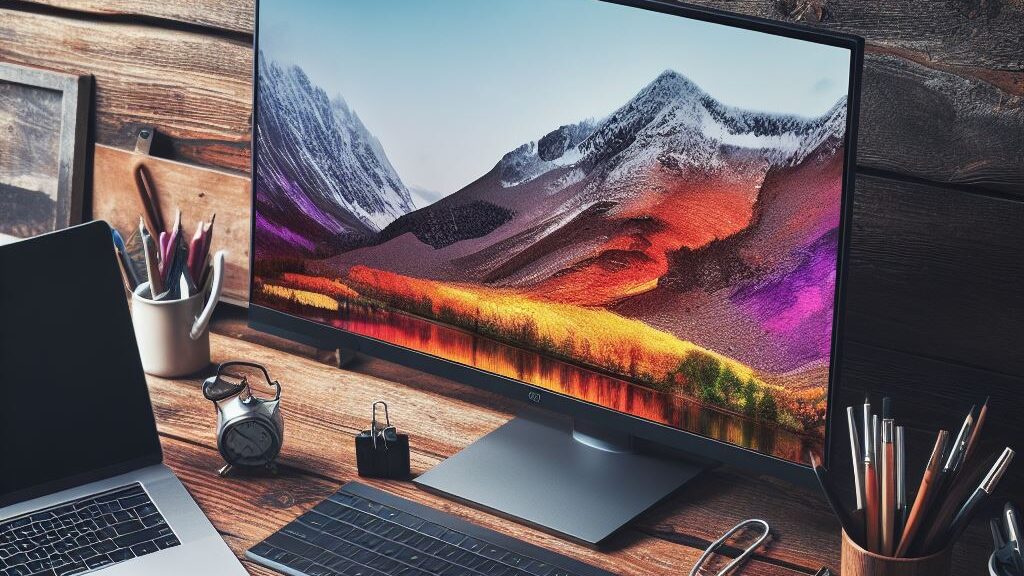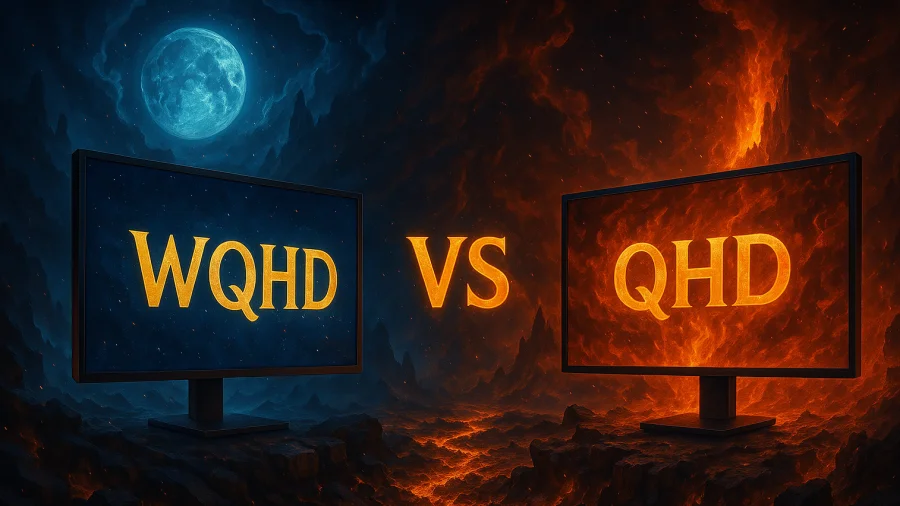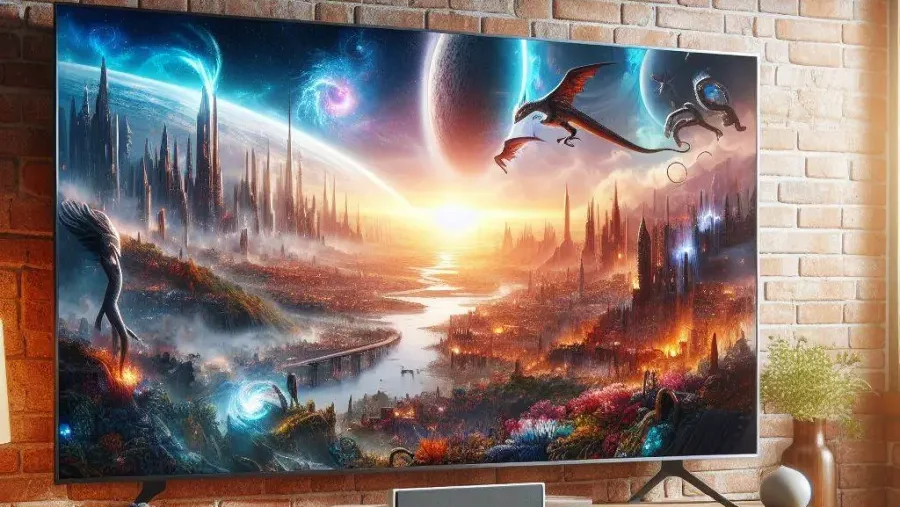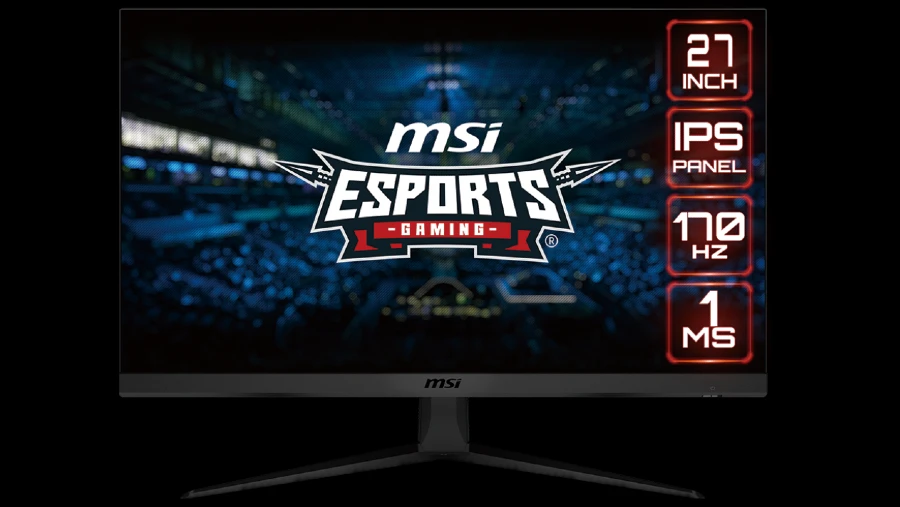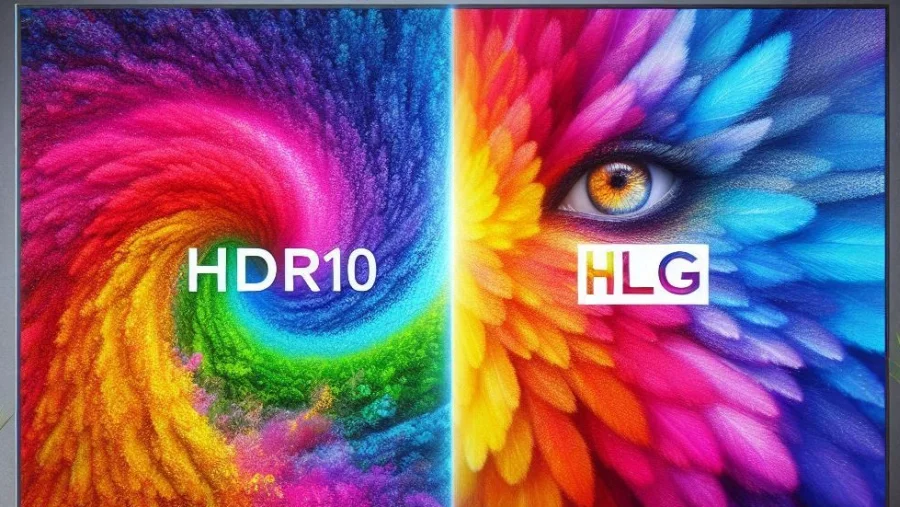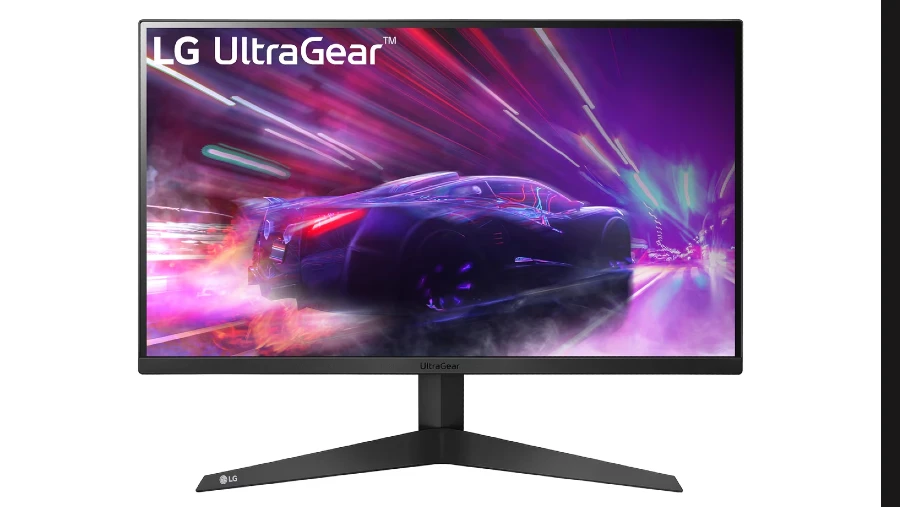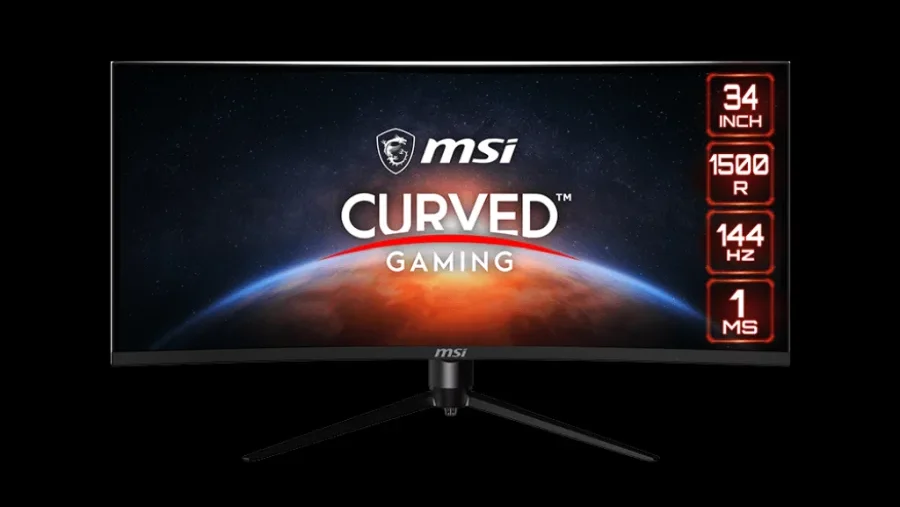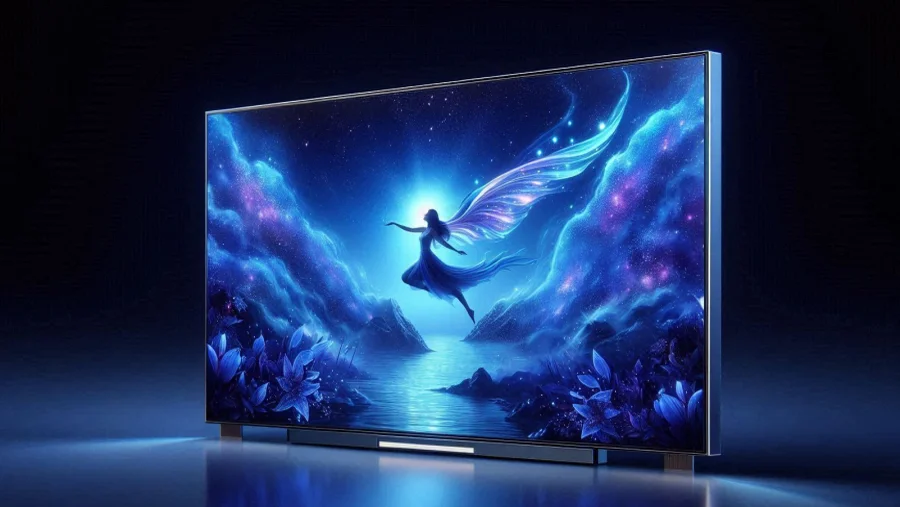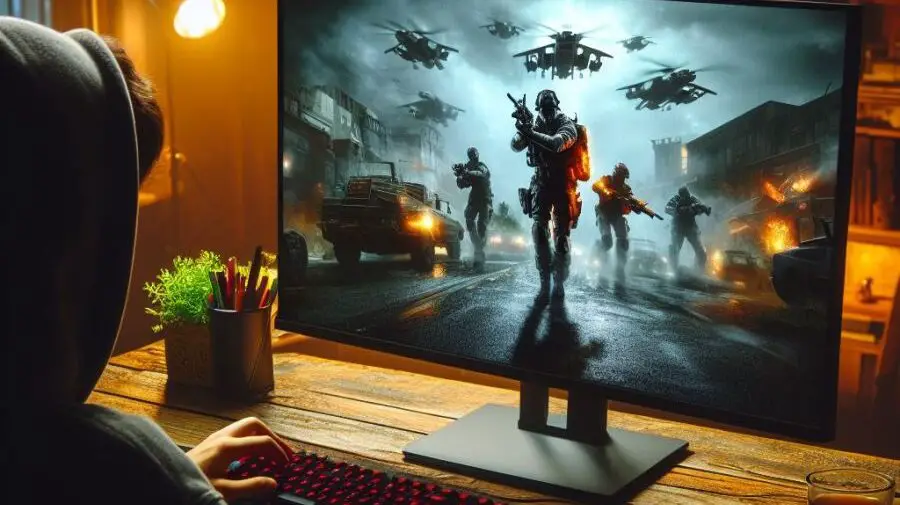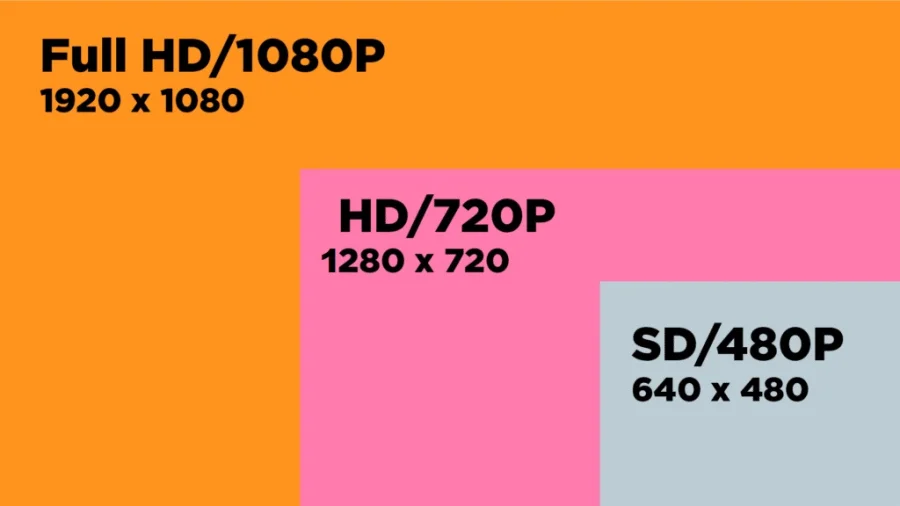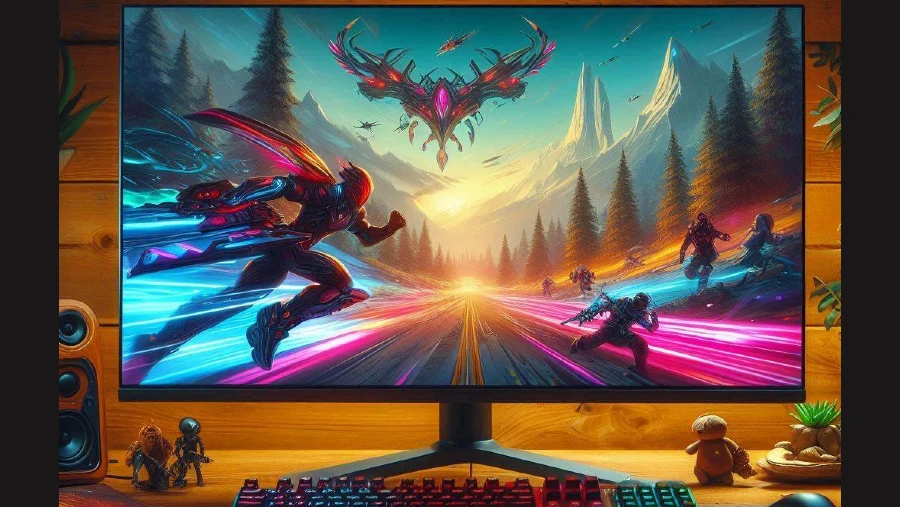
Moving Picture Response Time (MPRT) measures the time a pixel remains visible on the screen as an image moves.
It is a crucial metric for evaluating the motion clarity of a display.
MPRT differs from traditional response time measurements like Gray-to-Gray (GtG) by focusing on the duration of visible persistence.
MPRT is particularly important in gaming and fast-motion content where visual clarity is critical.
1ms MPRT reduces motion blur, making fast-moving objects appear sharper.
This improvement is essential for gamers who need precise and clear visuals to enhance their gameplay experience.
Understanding Motion Blur and Its Impact
Motion blur is a visual phenomenon where moving objects appear blurred or smeared on the screen.
In digital displays such as LCDs and OLEDs, motion blur primarily occurs due to the ‘sample-and-hold’ effect.

In this process, a video frame is held steady on the screen until the next frame is ready to be displayed.
This method, while effective for maintaining image stability, can sometimes conflict with our eyes’ natural motion processing mechanism, leading to the perception of blur.
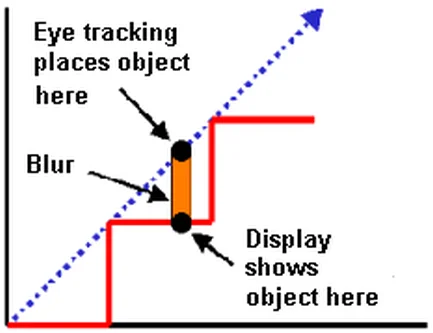
Each frame persists on the screen for a certain duration, and during high-speed motion, our eyes can perceive these individual frames, resulting in a blur effect.
In other words, your eyes are in a different position at the beginning of a refresh than at the end of a refresh. This results in the frame being blurred across your retina.
A higher refresh rate of the display reduces the persistence of each frame, leading to smoother transitions between frames and consequently, less motion blur.
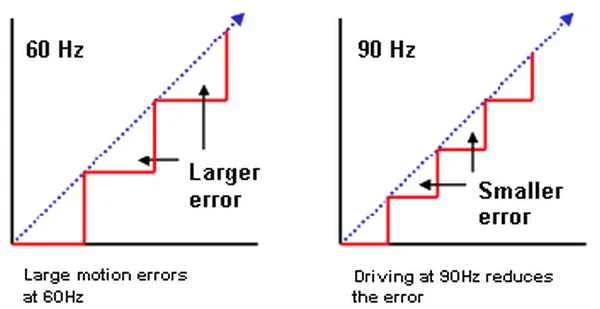
Visual Effects of Motion Blur
Motion blur affects the overall visual clarity, making fast-moving objects appear less sharp.
It can also create a sense of lag, where the displayed image does not match the rapid movements occurring in the scene.
This mismatch between visual input and actual motion can be jarring and reduce the immersive quality of the content.
Negative Impact of Motion Blur on Gaming
- Reduced Clarity:
Motion blur significantly reduces the clarity of fast-moving scenes in games.
When objects move quickly, they become difficult to discern, making it challenging for players to track them accurately. - Difficulty Tracking Fast-Moving Objects:
In gaming, the ability to quickly and accurately track moving objects is crucial.
Motion blur hampers this ability, leading to missed targets or obstacles, which can be frustrating and detrimental to performance. - Eye Strain:
Extended exposure to motion blur might cause eye strain.
The eyes have to work harder to focus on blurred images, leading to discomfort and fatigue over time, this strain can diminish the gaming experience, making it less enjoyable with prolonged exposure.
What is 1ms MPRT?
Standard 60Hz display refreshes the screen every 16.7ms (1000ms / 60Hz), which means that each frame is displayed for 16.7ms.
1ms MPRT refers to a display’s ability to keep the Moving Picture Response Time at one millisecond.
This standard indicates that each pixel’s visibility time is limited to one millisecond, reducing the motion blur significantly.
Achieving 1ms MPRT ensures that fast-moving images are displayed with higher clarity and sharpness.
MPRT and GtG (Gray-to-Gray) are two different metrics used to measure a display’s response time.
GtG measures the time it takes for a pixel to change from one shade of gray to another.
While GtG focuses on the speed of pixel color transition, MPRT measures how long a pixel remains visible during motion.
1ms GtG does not necessarily mean 1ms MPRT, as they address different aspects of display performance.
MPRT is more indicative of motion blur reduction, making it a more relevant measure for gaming.
How 1ms MPRT Works: Backlight Strobing and Black Frame Insertion
Achieving a 1ms MPRT involves increasing the refresh rates of monitors and implementing advanced display technologies that are designed to minimize the persistence of each pixel.
Backlight strobing plays a crucial role in achieving 1ms MPRT.
This technique involves turning the LCD display’s backlight on and off rapidly, reducing the time each pixel is illuminated to 1ms.
By intermittently blanking the screen, backlight strobing reduces the perceived blur of moving images.
Black frame insertion (BFI) is a method used to achieve low MPRT for OLED displays.
BFI works by inserting black frames between the actual frames being displayed.
This technique reduces the blurring effect that occurs when our eyes track moving objects on screen by effectively shortening the visible persistence of each frame to only 1ms.
These techniques takes advantage of a phenomenon called persistence of vision, where the human eye retains an image for a fraction of a second after it disappears.
Both methods require precise synchronization with the refresh rate to avoid flickering and other visual artifacts.
Different manufacturers have unique names for their Backlight Strobing/Black Frame Insertion technologies, such as Samsung’s Clear Motion Rate technology or Philips’ Aptura technology.
Benefits of 1ms MPRT
A. Reduced Motion Blur
One of the primary benefits of 1ms MPRT is the significant reduction in motion blur.
With lower MPRT, moving objects appear sharper and clearer on the screen.
This improvement is particularly noticeable in fast-paced gaming and action-packed video content, where motion blur can detract from the viewing experience.
B. Improved Clarity in Fast-Moving Scenes
1ms MPRT enhances the clarity of sports, action movies, and other content featuring rapid motion.
This clarity ensures that details remain visible even during rapid movements, making it easier to follow the action.
For gamers, this means being able to spot enemies and obstacles more quickly, giving them a competitive edge.
C. Enhanced Gaming Experience
A display with 1ms MPRT provides an enhanced gaming experience by delivering smoother and more responsive visuals.
Reduced motion blur and improved clarity contribute to more immersive gameplay.
Players can enjoy a more lifelike and engaging experience, with visuals that keep up with their fast reflexes and actions.
Limitations and Considerations
Potential Drawbacks
While 1ms MPRT offers many benefits, there are potential drawbacks to consider.
One of the main issues is the reduction in brightness caused by backlight strobing and black frame insertion.
These techniques, while effective at reducing motion blur, can make the screen appear dimmer. This reduction in brightness could impact the overall visual experience, particularly for HDR content.
Additionally, these methods can sometimes cause flickering, which may be uncomfortable for some users.
Using motion blur reduction also adds input lag.
This is the interval from when the image begins to be displayed to when the backlight is activated.
If this period is 3ms for example, then that adds 3ms of lag.
The shorter that time is, the less input lag you get, but the worse the image quality becomes. This is because LCD pixels need time to transition from their previous color to their new color.
Compatibility with Different Panel Types
Not all panel types can achieve 1ms MPRT equally.
TN (Twisted Nematic) panels are typically better suited for low MPRT due to their fast response times.
However, IPS (In-Plane Switching) and VA (Vertical Alignment) panels, which offer wider color gamut and viewing angles, may struggle to reach the same MPRT levels without sacrificing some of their inherent advantages.
Manufacturers often need to strike a balance between achieving low MPRT and maintaining other desirable panel characteristics, such as color quality and brightness.
Conclusion
1ms MPRT represents a significant advancement in display technology, particularly for gamers and enthusiasts of fast-motion content.
By minimizing motion blur, it enhances visual clarity, reduces eye strain, and improves the overall viewing experience.
The technology behind achieving 1ms MPRT, including high-refresh-rate panels and techniques like backlight strobing and black frame insertion, plays a crucial role in delivering these benefits.
While there are some limitations and considerations, such as potential brightness reduction and flickering, the advantages often outweigh these drawbacks for those seeking the best possible performance in dynamic scenes.
Looking forward, the future of display technologies promises even greater potential for enhancing gaming and fast-motion content.
Developments in OLED, MicroLED, and other emerging technologies are poised to further reduce motion blur and improve overall display performance.
Achieving a true 1ms standard without the need for additional technologies like backlight strobing will be possible with the advent of 1000 Hertz displays, enabling near-instantaneous pixel transitions and virtually eliminating motion blur.
As the gaming industry continues to grow and evolve, display technologies will undoubtedly play a crucial role in shaping the future of interactive entertainment, potentially blurring the lines between virtual and real-world experiences.
Q&A
Is 1ms MPRT good for gaming?
Yes, a 1ms MPRT (Moving Picture Response Time) is generally considered very good for gaming, especially fast-paced genres. This specification indicates a monitor’s ability to reduce motion blur significantly by controlling how long pixels are continuously visible. The result is clearer, sharper images during fast action, making it easier to track moving targets and react quickly.
What is the difference between 1ms and 1ms MPRT?
When a monitor lists “1ms” without specifying MPRT, it usually refers to 1ms GtG (Gray-to-Gray) response time. GtG measures how fast a pixel can change between two shades of gray, affecting ghosting. In contrast, 1ms MPRT measures how long a pixel appears on screen during motion, directly relating to motion blur reduction, often achieved through techniques like backlight strobing. They measure different aspects of motion handling, though both aim to improve clarity in games.
Is MPRT good for eyes?
MPRT itself isn’t inherently good or bad for your eyes; it’s a measure of motion blur. However, achieving very low MPRT values (like 1ms) often involves using backlight strobing techniques (like ULMB or ELMB). This strobing can sometimes introduce visible flicker or reduce overall screen brightness, which may cause eye strain or headaches for sensitive individuals over long periods. Whether it’s comfortable depends on the specific implementation and your personal sensitivity.
What is the difference between 1ms and 1ms GtG?
In most monitor marketing contexts, when you see “1ms” listed simply as response time, it almost always means “1ms GtG” (Gray-to-Gray). GtG measures the time it takes for a pixel to transition from one shade of gray to another. Therefore, there is typically no practical difference; “1ms” is often just shorthand for “1ms GtG,” both indicating fast pixel transition speed aimed at minimizing ghosting artifacts.
Read Next
